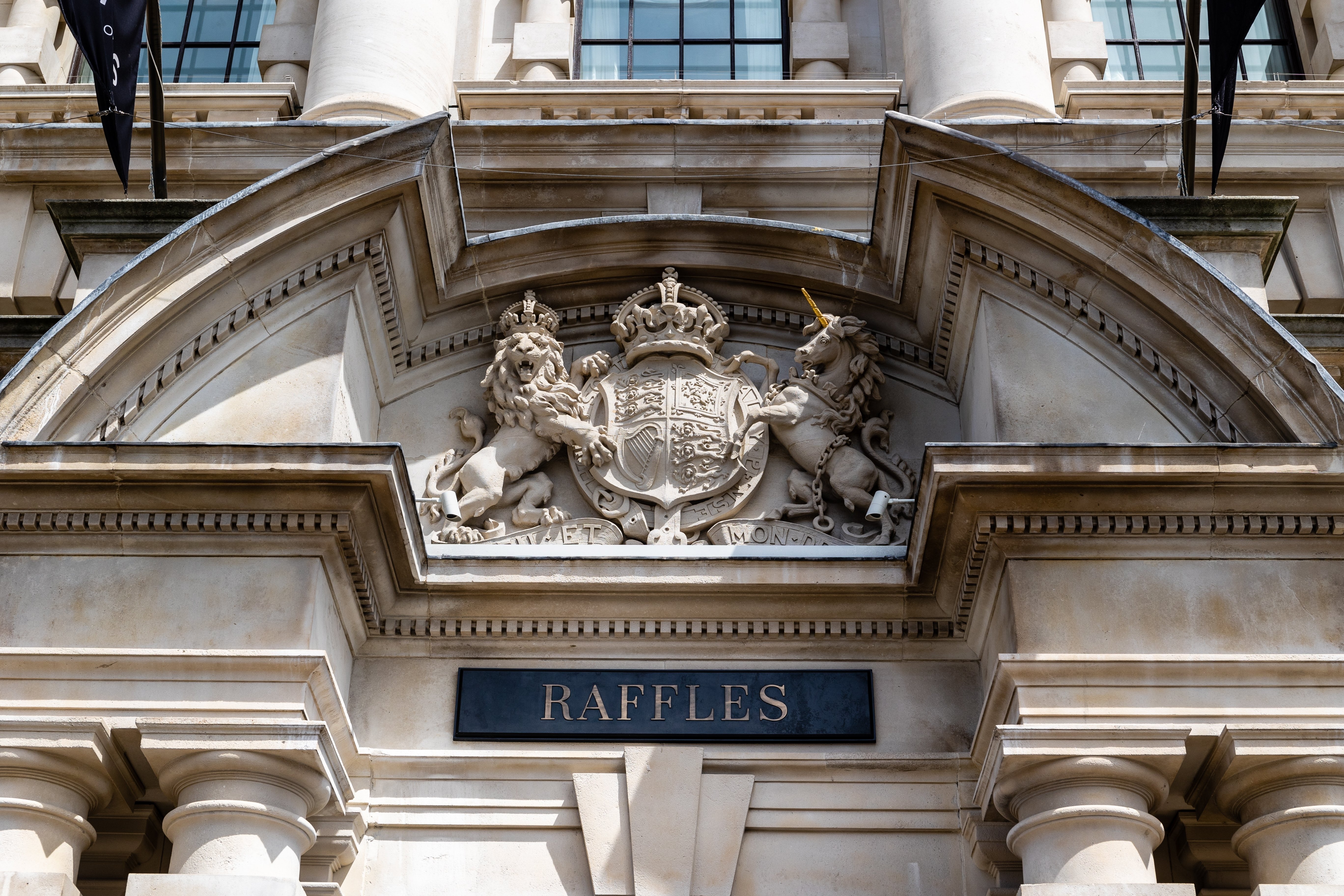What to Do in Bath for a Day - The Best Day Trips
Tucked away in the rolling hills of southwest England and steeped in historical charm is Bath, a city of ancient heritage and architectural splendour. A UNESCO World Heritage Site that has captivated the hearts of many visitors over the years, Bath’s modern appeal blends wonderfully with its history amid iconic Georgian architecture, neoclassical Palladian buildings, and Roman relics.
Bath’s story dates back more than 2,000 years when the Romans founded the city and named it Aquae Sulis, inspired by Bath’s natural thermal springs. The locale continued to flourish throughout history, particularly in the Georgian era, when it became a fashionable destination for many creative minds like the celebrated author Jane Austen.
Whether you are walking through its picturesque streets, relaxing in a thermal spa, or discovering the city’s fascinating museums, Bath reveals itself as a compelling attraction for a day out.
.jpg?width=1000&height=668&name=Bath%20for%20a%20Day%20(1).jpg)
Sally Lunn’s House
The oldest house in Bath and most cherished landmark in town, Sally Lunn’s House is a kitchen museum that offers guests a combination of history and culinary delight. The building itself, with its honey-coloured brickwork and timber frames, dates back to the 1480s and is home to a micro-museum in the cellars that shows the birthplace of the original Bath bun. Named after Sally Lunn, a French refugee who introduced Georgian England to what is now known as the Sally Lunn Bun, the oldest house in Bath allows visitors to learn about the history of the building and showcases an original kitchen that dates back to Roman times. The famed brioche bun is served with a choice of sweet or savoury toppings and a pot of traditional English tea, everything lovingly homemade with care and respect for tradition.
Sally Lunn’s House's delicious menu offerings include French toast and seasonal soups, as well as regional candlelit dinners in a historic setting, affording guests the opportunity to experience something quintessentially British.
House of Frankenstein
Set in a multi-storey Georgian building, the House of Frankenstein is a standout attraction in Bath that pays tribute to the groundbreaking author Mary Shelley. Published anonymously by Shelley in 1818, Frankenstein was an immediate talking point within Georgian society, receiving high praise for its ingenuity and writing style. The novel remains a classic for its embodiment of complex themes that tend to resonate with readers, and the House of Frankenstein is an immersive homage to the original. Offering an engaging combination of history, literature, and fun, the museum explores the dark themes that weave through the story as well as the life of its remarkable author.
The museum utilises a mix of original artifacts and multimedia displays in its fascinating exhibits. Standout features include the incredible recreation of Frankenstein’s laboratory, as well as the darkly atmospheric rooms that truly bring Shelley’s Gothic world to life. There is also an optional escape room experience for the bravest of visitors, testing logic and problem-solving skills in a spine-chilling environment.
With its immersive take on an iconic Gothic tale, the House of Frankenstein combines history and entertainment to create an unmissable experience for literature lovers and history enthusiasts.
The Roman Baths
Arguably the most famous and historically significant landmark in Bath, the Roman Baths are a stunning example of ancient engineering and Roman ingenuity. They were built around 70 AD as part of a grand complex surrounding the area’s natural hot springs which the Romans believed had sacred healing properties. The ruins are remarkably well preserved, offering visitors a chance to see the Great Bath, the Temple Courtyard, and all of the colourful, intricate mosaics that adorn the walls.
An on-site museum further immerses visitors into the city’s interesting heritage using original artifacts like coins, sculptures, and personal effects left behind by the ancient civilisation. Such artefacts include a gilt bronze head of Minerva, a Roman goddess, as well as a castor ware beaker depicting a vivid hunting scene. Audio guides and interactive displays accompany the exhibits, providing a deeper understanding of Roman life and the importance of the baths.
The Jane Austen Centre
A vibrant celebration of one of England’s most beloved authors, the Jane Austen Centre is highly worth considering when in Bath. Located in the Georgian townhouse on Gay Street where Austen herself used to live, this interactive museum takes visitors on a journey through the life and works of Jane Austen, as well as her love for the city of Bath.
Each exhibit is another step into the world of Regency-era Bath, the setting that inspired Northanger Abbey and so many more of Austen’s novels. The centre offers fascinating insights into Austen’s time in Bath, including her social life and fashion and the way the city influenced her writing. Highlights include opportunities to try on Regency costumes, write letters with quills, and visit the Tea Room for an authentic afternoon tea experience.
Bath Abbey
Another stunning landmark in Bath, the Bath Abbey, and its soaring Gothic architecture have been a part of the city for over 1,300 years. With intricate stained glass and an endlessly fascinating history, the Abbey is an awe-inspiring sight, a Grade I Listed church with several facets worth exploring.
Despite the current structure only dating back to the 16th century, the Abbey has been a Christian worship site since 757 AD when it was first constructed as an Anglo-Saxon monastery.
While the impressive stonework and vaulted ceilings are marvels of craftsmanship, it is the Abbey tower that is a highlight for many. It is possible to climb right to the top of the tower, where panoramic views of Bath’s beautiful skyline spread open as far as the eye can see. Guided tours are available, offering a chance to learn about the storied past of the church and take in the grand atmosphere and architectural beauty of the Abbey.
From the well-preserved remnants of Roman occupation and the gothic grandeur of Bath Abbey to the Regency-era charm, Bath celebrates its heritage and historical resonance in abundance. With its impressive dedication to literary legacy in the Jane Austen Centre and the House of Frankenstein, as well as the quirky homage to Sally Lunn’s bun, Bath turns history into something engaging that attracts thousands of visitors every year.



